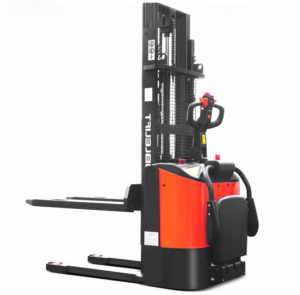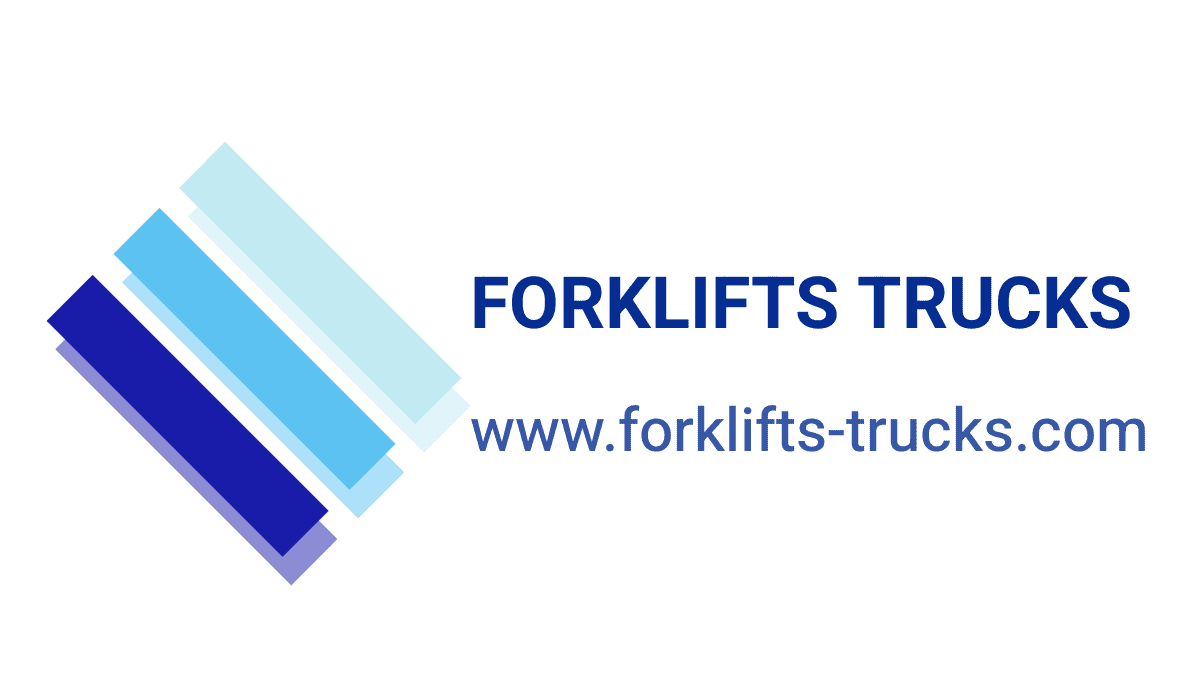Stacker forklifts are a critical material handling tool found in a wide variety of industrial and commercial settings. These versatile machines are designed to lift, stack, and transport heavy loads with efficiency and precision. They play a crucial role in optimizing storage, streamlining workflows, and enhancing productivity across numerous industries.
At the core of a stacker forklift is its lifting mechanism, which utilizes a set of forks that can be raised and lowered to handle pallets, crates, and other unit loads. Stacker models come in both manual and powered varieties, with the powered versions relying on electric motors or internal combustion engines to provide the lifting and propulsion forces. This allows stacker forklifts to handle heavier loads and reach greater lift heights compared to their manual counterparts.
One of the primary advantages of stacker forklifts is their compact size and maneuverability. Many models feature a narrow chassis design and tight turning radii, enabling them to navigate tight aisles and crowded warehouse environments with ease. This space-saving capability makes them an ideal choice for operations that need to maximize storage density and optimize the use of available floor space.
In addition to their space-saving attributes, stacker forklifts also offer impressive vertical lift capabilities. The mast assembly, which supports the forks, can raise loads to heights of 15 feet or more, allowing for efficient vertical stacking and high-density storage. This vertical reach makes stacker forklifts invaluable in applications such as order picking, put-away, and inventory management, where materials need to be accessed and moved at various heights.
Stacker forklifts are commonly found in warehouses, distribution centers, manufacturing facilities, and retail environments. In these settings, they play a crucial role in the efficient movement and organization of raw materials, work-in-progress, and finished goods. By reducing the time and effort required to transport and stock items, stacker forklifts help to streamline material flow, minimize handling costs, and improve overall operational efficiency.
In recent years, the development of advanced stacker forklift models has further enhanced their versatility and functionality. Many modern units are equipped with features such as programmable performance settings, regenerative braking systems, and on-board diagnostic capabilities. These technological advancements have made stacker forklifts more energy-efficient, user-friendly, and responsive to the demands of today’s fast-paced industrial environments.
As businesses continue to seek ways to optimize their material handling processes, the importance of electric stacker forklifts as a reliable and versatile industrial equipment solution is only expected to grow. These compact, high-lift machines play a vital role in maintaining smooth and efficient workflows, ultimately contributing to the overall productivity and profitability of organizations across a wide range of industries.


-
- Stacker, stacker truck electric
- Forklift china manufacturer trade price PSE15/20-C stacker truck | forklift
- - PSE stands for "Powered Stacker Electric". The numbers 15 and 20 refer to the load capacity in hundreds of pounds, so the PSE15/20-C can handle 1,500 to 2,000 lbs. - This is an electric-powered stacker forklift, meaning it uses an electric motor to both propel the truck and power the lifting/lowering functions of the forks. - The…
-
- Stacker, stacker truck electric
- PS 12 16 20N-electric stacker truck Sale Buy Online Industrial Equipment
- Rated load:3530-5430kg lift height:2285-2455mm


